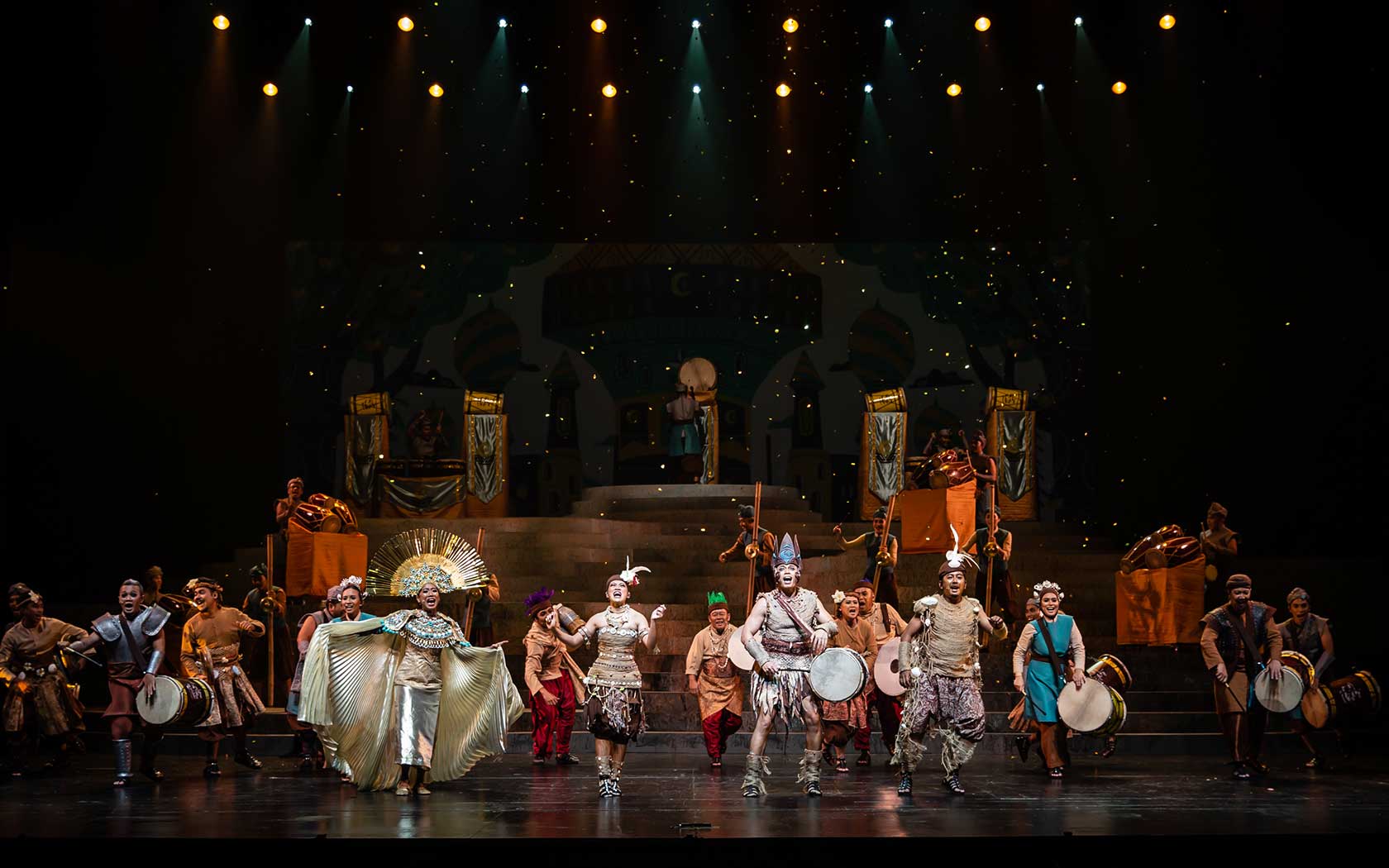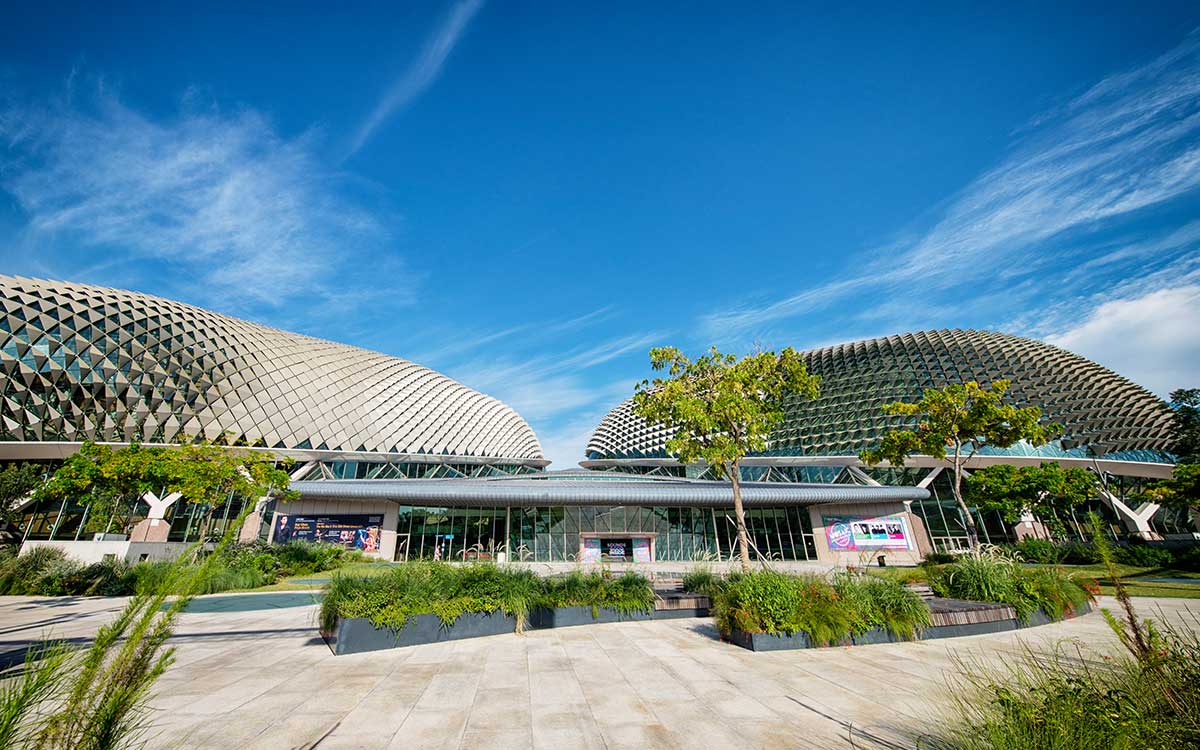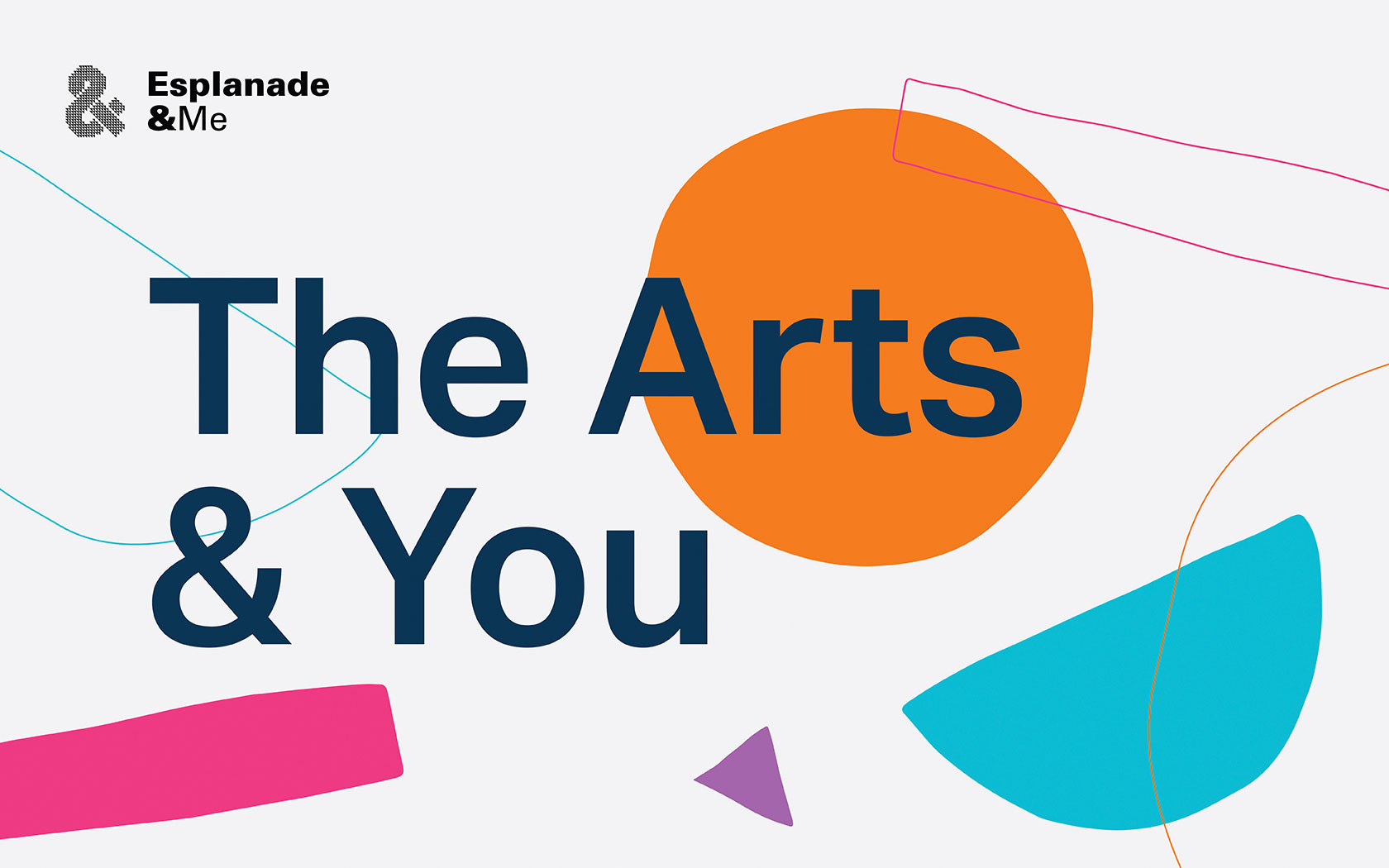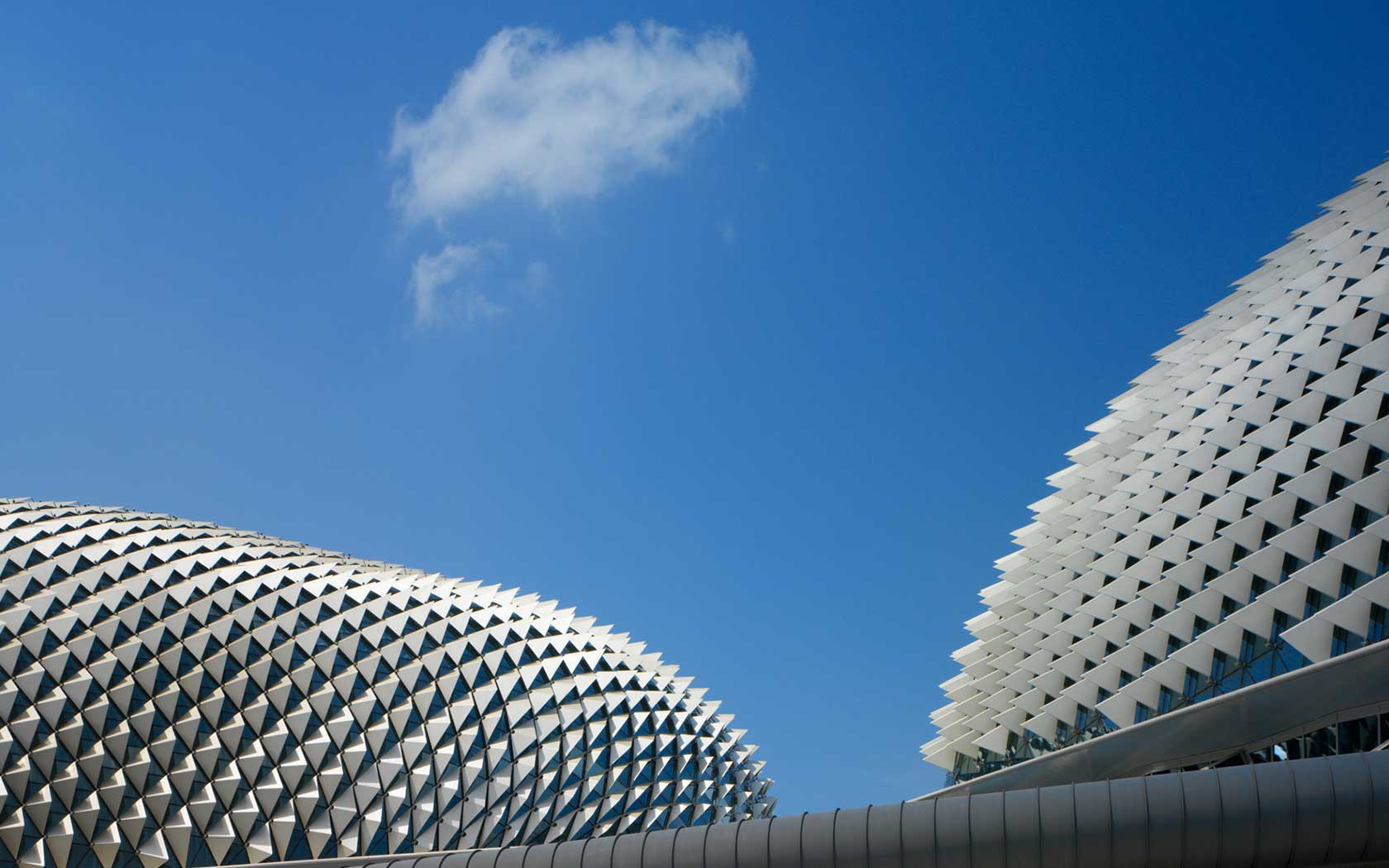We use cookies to improve your experience on our site. To find out more, read our data protection and cookie policy. By using our site, you agree to our use of cookies. Close to continue browsing.
Esplanade Presents
Rasas 2022: Dances from Aceh
21 Oct 2022, Fri, 7.30pm & 9pm
22 Oct 2022, Sat, 6pm, 7.30pm & 9pm
23 Oct 2022, Sun, 3.30pm, 5pm & 6.30pm
(Intermission: None)
Esplanade Concourse
This event is over.
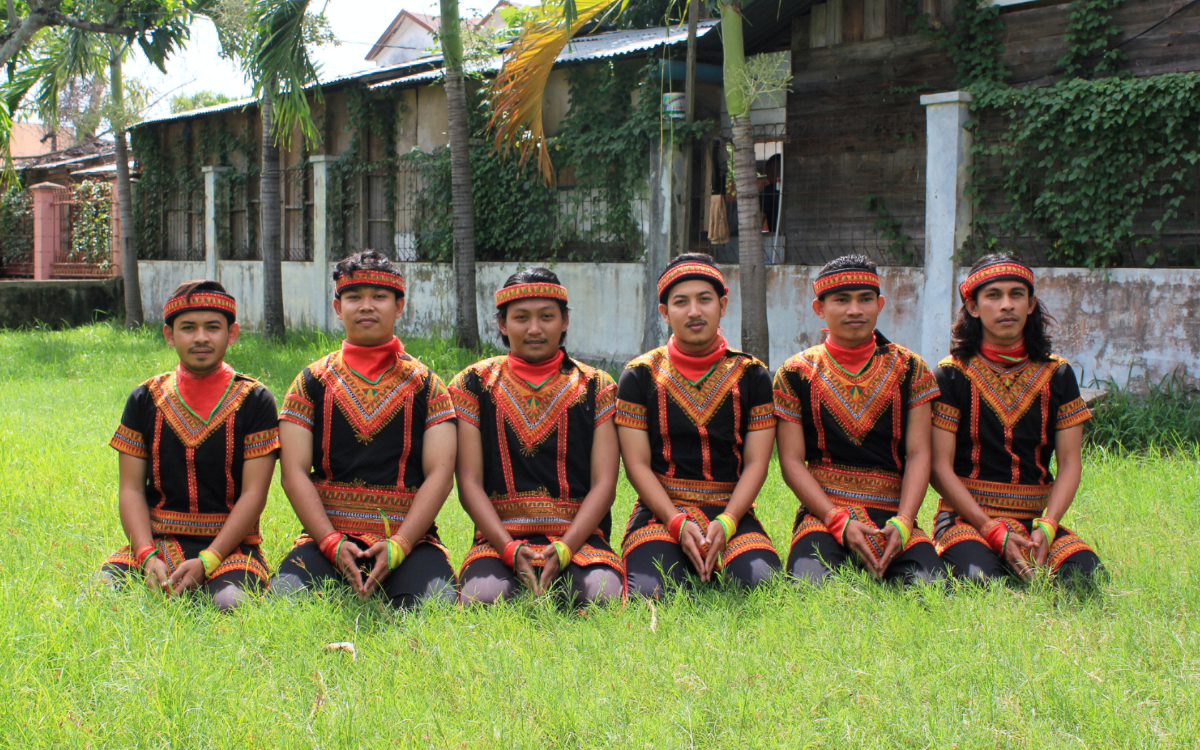
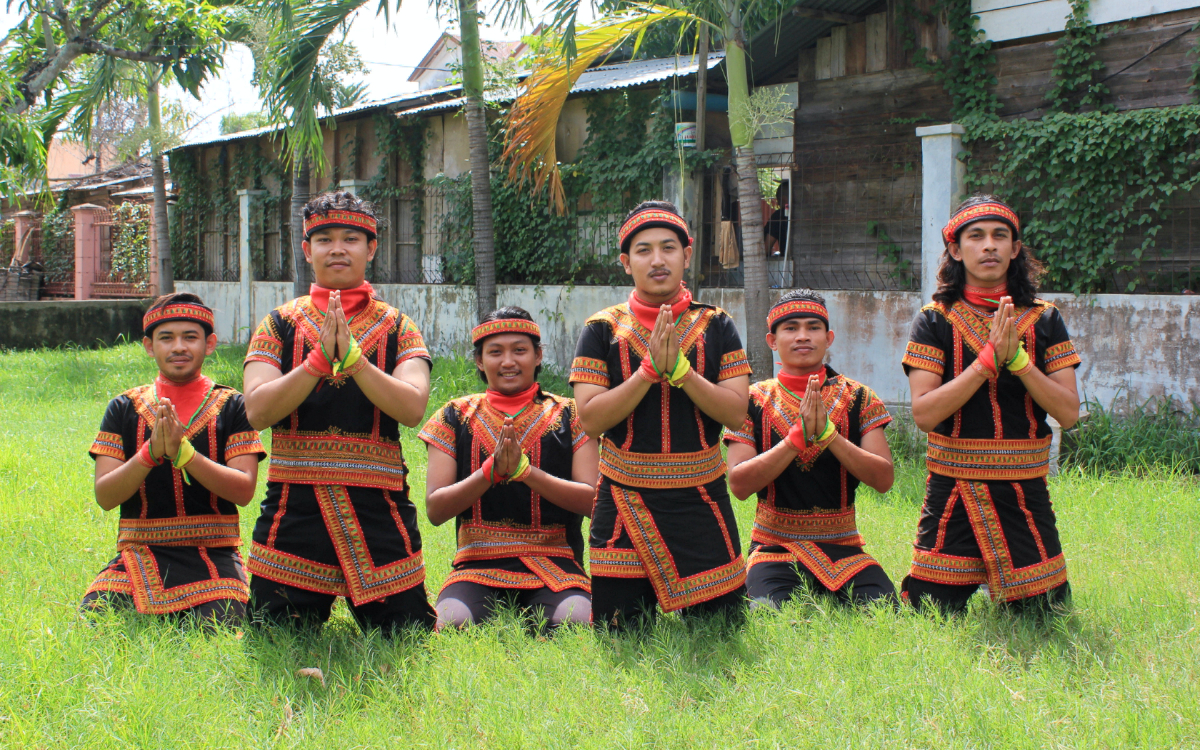
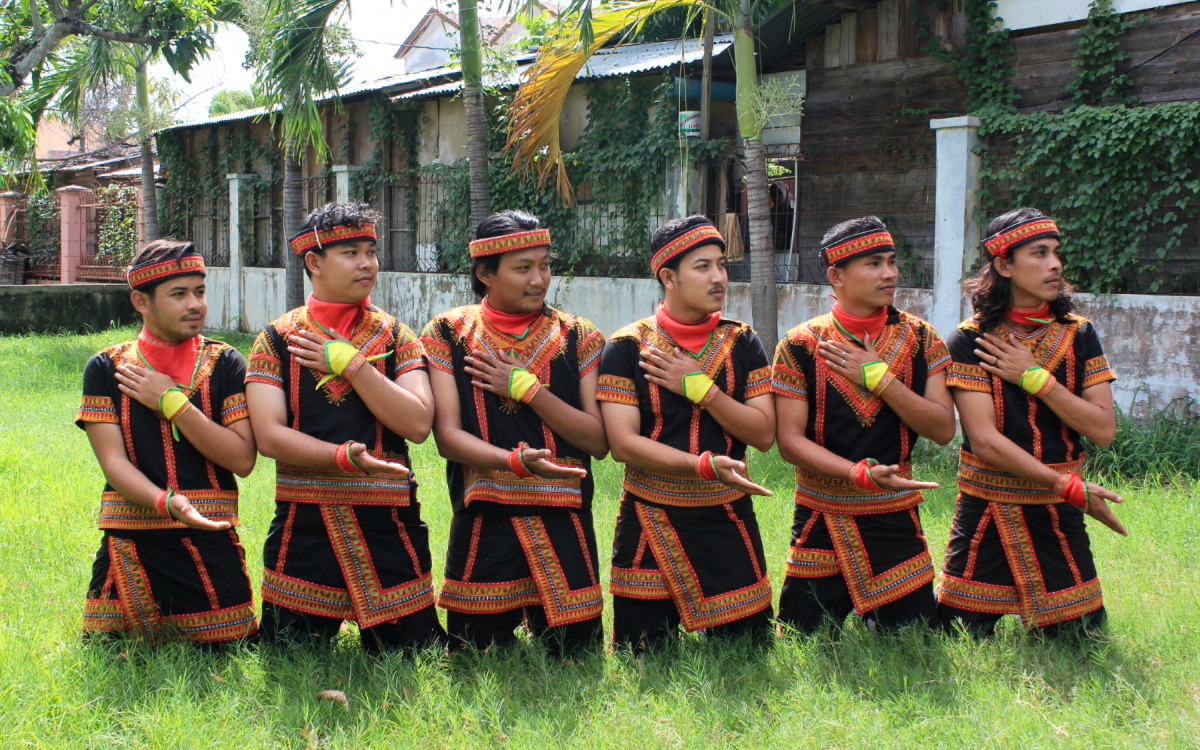
This event is over.
Discover the rich culture of Asia’s traditional dances in the region with Rasas. This year, Rasas spotlights dance forms from two different regions of Indonesia—Bali and Aceh, presenting their diverse dance forms and cultural heritage.
Aceh, Indonesia is a region brimming with arts and cultural activities. For hundreds of years, arts and culture have continuously evolved with the lives of the community in this region, even amidst tumultuous events. Sanggar Seni Seulaweut presents three dynamic dance forms from Aceh, saman, rapa’i geleng, and likok pulo.
Saman was first created in the 14th century in the highlands of Gayo, and is now a traditional dance of the Gayo people. This form was inscribed as UNESCO Intangible Cultural Heritage in 2011. It is characterised by its formation, where dancers sit together in a single horizontal line side-by-side. The dancers move simultaneously by patting their thighs, chest and hands to create a rhythm, accompanied by the chanting of poetry.
Rapa’i geleng is an ethnic dance that originated from Manggeng in Southern Aceh, one that promotes cooperation, togetherness and solidarity within a community. It was first developed in 1965 and is meant to be performed by 12 male dancers. The dance has three sections: saleum (greetings), kisah (the telling of a story related to the Prophet, kings, or religious teachings) and lani (closing). It is characterised by changing rhythms and speed of movement, where dancers sit cross-legged while twisting their bodies left and right.
Likok pulo is a traditional dance that was created in 1849. Likok means dance movement, while pulo means island, specifical referring to a small island at the far edge of Sumatra named Breuh or Beras island. This dance is held after planting or harvesting rice, usually performed at night. Similar to saman and rapa’i geleng, the dance is performed while sitting in a straight line side-by-side, utilising the upper part of the body, accompanied by vocalisations of poetry from Aceh.
Interested to learn some basic movements of the saman dance? Find out more about Rasas Workshop: Wonderful Saman Gayo! The workshop is suitable for people with no dance experience.
Mask-wearing is optional. However, audiences are encouraged to continue to exercise responsibility and caution, such as wearing masks when in crowded places. No tickets will be issued. Seats are available on a first-come, first-served basis.
Sanggar Seni Seulaweut
Sanggar Seni Seulaweut (Seulaweut Art House) is a special activity unit from the students of Ar-Raniry State Islamic University Banda Aceh (UIN Ar-Raniry). The institution is committed to take an active role in the arts community and seeks to help preserve the region’s cultural and art forms. Sanggar Seni Seulaweut specifically concentrates on Aceh’s traditional dances, working to develop these traditions into contemporary forms.
21 Oct 2022, Fri
7.30pm
9pm
22 Oct 2022, Sat
6pm
7.30pm
9pm
23 Oct 2022, Sun
3.30pm
5pm
6.30pm
Become a member
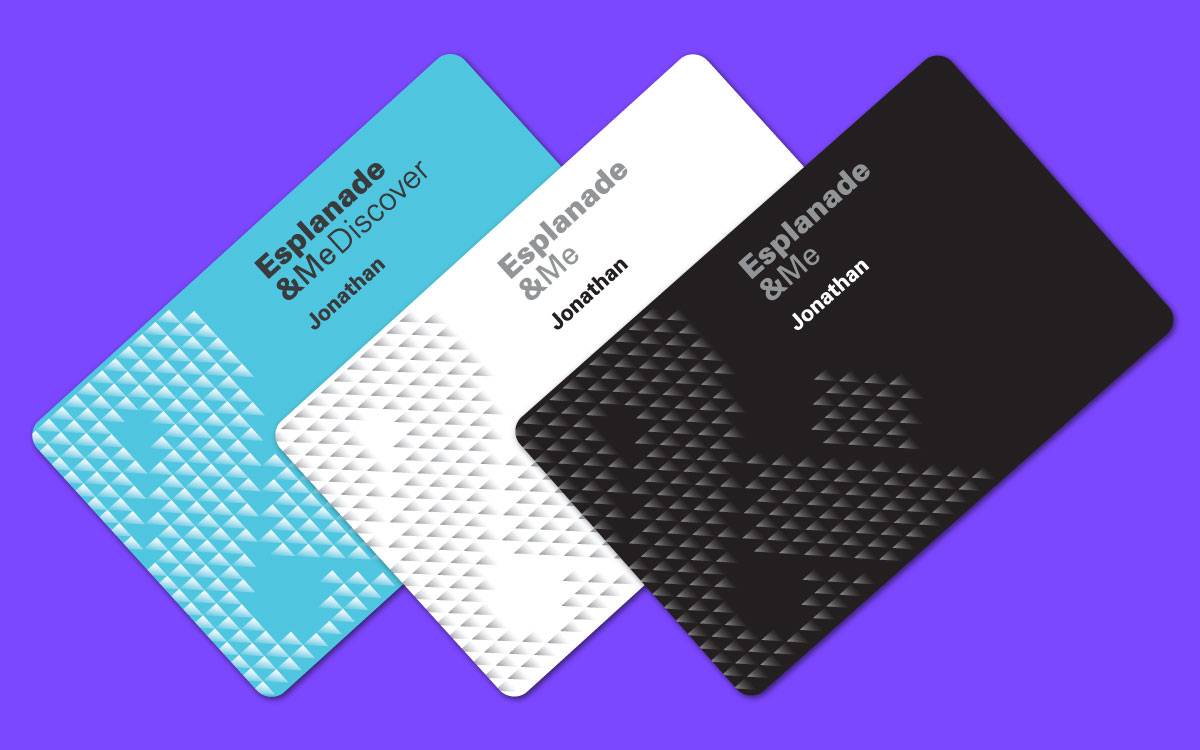
Great arts experiences begin with Esplanade&Me. Join this membership to enjoy ticket specials on shows at Esplanade, early bird specials, promotions at Esplanade Mall, unlimited access to Offstage and more.

Never miss a show again. Get on our mailing list.
- Rasas 2022: Dances from Aceh

